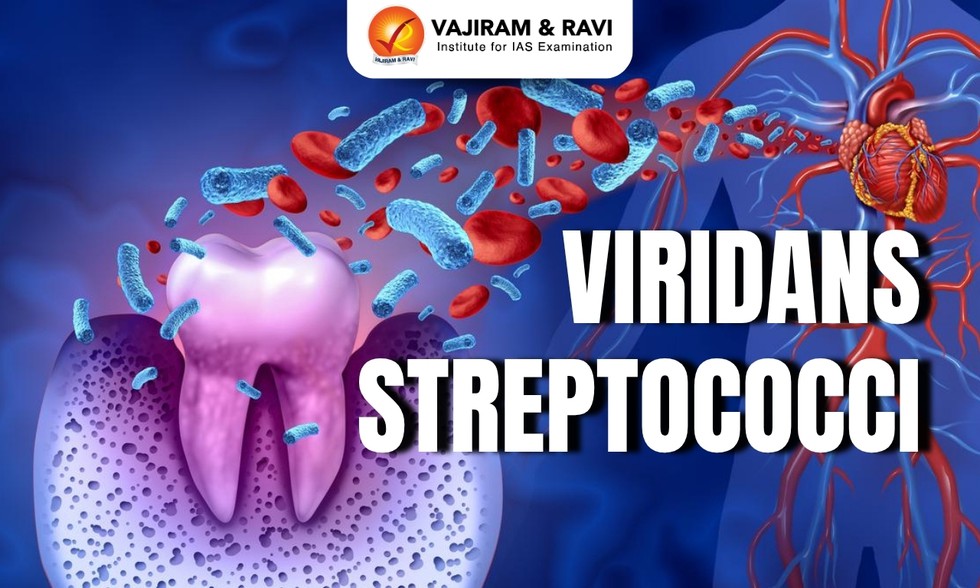About Viridans streptococci
- It is a group of common oral bacteria.
- It can form sticky bacterial layers called biofilms deep inside atherosclerotic plaques, remaining hidden from the immune system until the moment of rupture.
- Viridans streptococci are commensals in the gastrointestinal, respiratory and female genital tracts and are most prevalent in the oral cavity.
- It is a group of gram-positive cocci that are commonly associated with Infective Endocarditis (IE) and typically colonize previously damaged cardiac tissue.
- Viridans Streptococcal Biofilm Evades Immune Detection and Contributes to Inflammation.
- Importantly, the bacterial clusters were often arranged in biofilms, protective layers that allow bacteria to survive unnoticed by the body’s immune system.
How do oral bacteria trigger heart attacks?
- While the biofilm remains hidden, parts of it can break loose. Once released, the bacteria trigger inflammation in the artery wall.
- This weakens the fibrous “cap” covering the fatty plaque, making it more likely to rupture.
- Plaque rupture is a critical event that leads to clot formation and, ultimately, a heart attack.
- Could hidden dental bacteria help explain sudden and deadly heart attacks?
